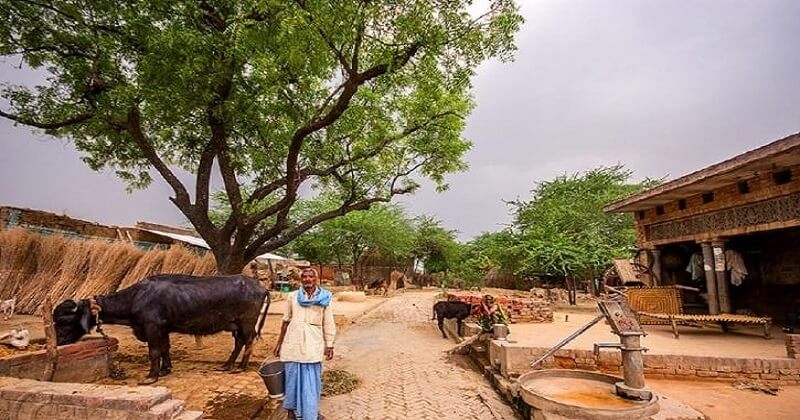
Indian society is witnessing enormous changes after Independence, but let’s focus on the changing aspects of Indian villages. As per the 2011 Census, nearly 70 percent of the population still live in rural areas and therefore, the primacy of rural India remains. With the aim of ensuring political democracy and economic justice, the government, after Independence, laid emphasis on poverty alleviation, rural development, and industrialization through democratic planning. But the change envisaged was never intended to be through force or coercion.
The change in the Indian society and culture in the recent decades are rapid and diverse primarily because of the structural adjustment policies that India adopted in the 90s following the ‘Hindu Rate of Growth’. Rapid advancement in science and communication technology too contributed to the change.
Through the national electrification programmes villages got electrified and subsequently, mobile telephony arrived. As per TRAI data, by the end of June, there were 1,210.84 million telephone subscribers in India (1,186.84 million wireless) taking the overall teledensity to 93.98. Rural telephone subscription during the period is 509.88 million (506.18 million wireless). The total rural teledensity is 57.73. With good roads, and bus connectivity coupled with mobile telephony, rural business has also seen easy growth. Electricity, cable TV, and DTH service have now reached most villages; villagers, like their city counterparts, moved on from All India Radio to the daily soap operas.
As per TRAI sources, since its introduction in 2003, the DTH service has a subscriber base of over 65 million, besides the viewership of Doordarshan. But this has drastically reduced the physical contact among villagers. We don’t see much chit-chatting now. No more playing cards in groups. Villagers now prefer to watch TV at home and follow soap operas than spending time with the community. The sense of belonging has seen a drastic fall. The village tradition has undergone change due to contact with the other parts of our wider civilization. Joint families are eroding as youngsters prefer to work and settle in cities. Villages, cities, and countries are becoming closer.
The travel time between distinct geographical localities has drastically reduced, devaluing the concept of territory altogether, which globalization stalwarts call ‘deterritorialisation’. But though we are in the same space, we are not necessarily in the same local. Although my village is yet to see wired internet connectivity— another game changer in the technology sphere—with the advent of smart mobile phones, the village youngsters are now active users of WhatsApp and Facebook. The total number of internet subscribers in the country was 431.21 million by the end of June
Development has brought in both good and bad changes. The traditional village culture and institutions are fast disappearing, so much so that one feels alienated in his own village. We have to find out ways to sustain the varieties of ‘little traditions’ that constitute a major part of our Indian cultural system. Change is irreversible and unstoppable but good change is needed.

Post Your Comments